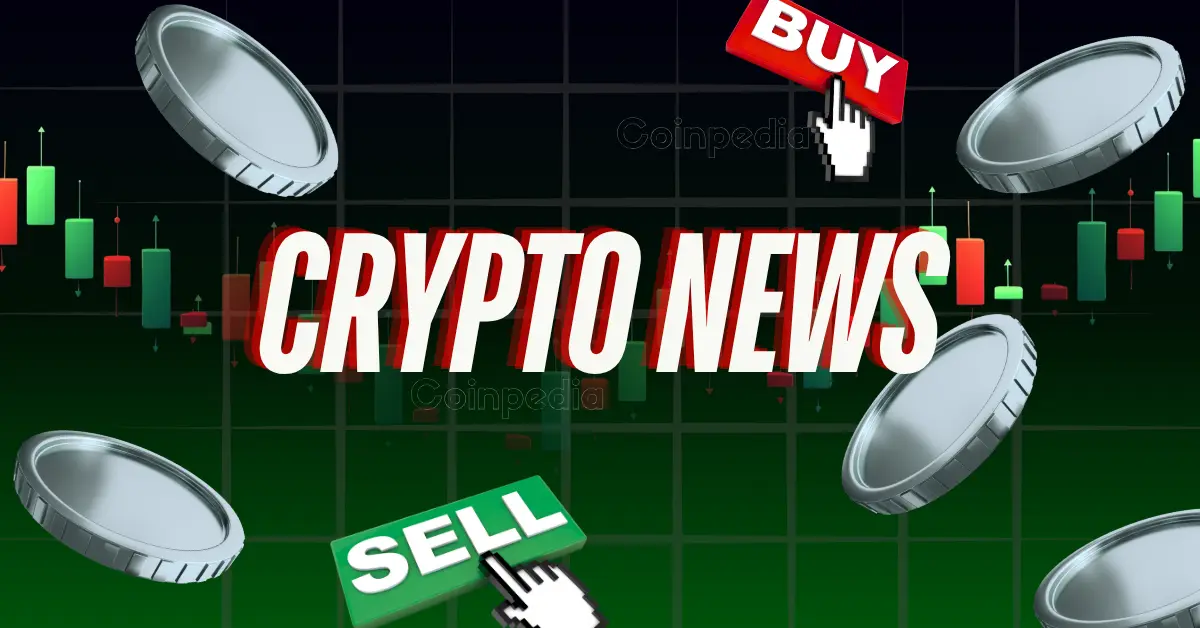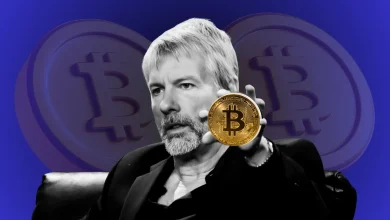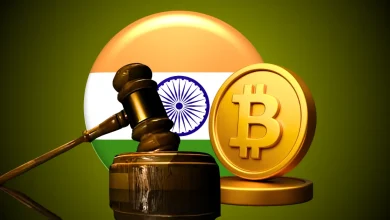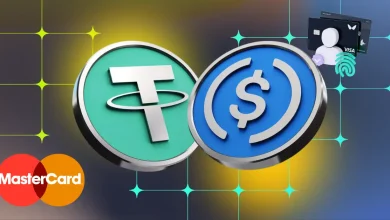
Latin America has embraced digital currency, with $562 billion in transactions.
Stablecoins offer financial inclusion for the unbanked and underbanked.
Governments support fintech, while consumers use stablecoins like USDC (51% for purchases, 1/3rd for daily transactions).
In a major shift, Latin America has fully embraced Circle’s advanced technology, launching the region into a significant $562 billion digital currency movement. This marks a big change in the area’s financial scene and sets new global standards for digital finance adoption.
Last year saw a remarkable rise in global stablecoin settlements, reaching an impressive $7 trillion. This challenges traditional giants like Visa and Mastercard, settling at $14 trillion, highlighting the quick rise of blockchain-based financial solutions in the global economy.
Tracing the Rise of Stablecoins
Stablecoins, like USDC, provide a secure medium for transactions, backed by liquid assets such as cash. Notably, the Circle Reserve Fund (USDXX), managed by BlackRock, plays a crucial role in maintaining the stability of these currencies.
Latin America’s adoption of digital currency is driven by both necessity and innovation. With a significant part of the population unbanked or underbanked, digital currencies offer an inclusive financial solution.
What’s Driving the Adoption?
The factors can be narrowed down to 3. Here they are.
- Expanded Access: With most of the underbanked population owning smartphones, blockchain technology enables these devices to become compliant financial service endpoints.
- Demographic Advantage: With a young population and a strong base of nearly a million developers, the region is poised to lead in digital finance innovation.
- Policy Support: Fintech solutions are receiving considerable support from policymakers, recognizing their potential to improve financial inclusion and manage risks more effectively.
Stablecoins are seamlessly part of Latin American consumers’ daily purchasing habits. According to Mastercard, 51% of consumers in the region have used digital currencies for purchases, with a third choosing stablecoins for daily transactions. Circle aims to streamline value transfer across different financial layers, leveraging compliant stablecoins and blockchain-based solutions.
USDC in the Spotlight
USDC stands out with daily transactions of around $4 billion and nearly 2 million holders worldwide. Its design ensures smooth integration across multiple blockchains, making transactions easy. While most stablecoin activities are currently in dollars, there’s a growing trend toward local currency stablecoins, like EURC, catering to regional needs. Latin America’s journey into the digital currency era reflects its evolving financial landscape, setting a precedent for global financial transformation.








